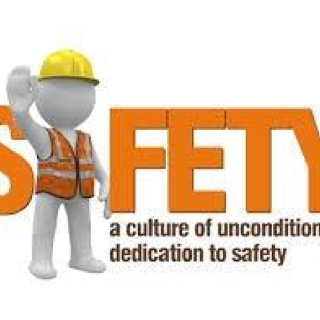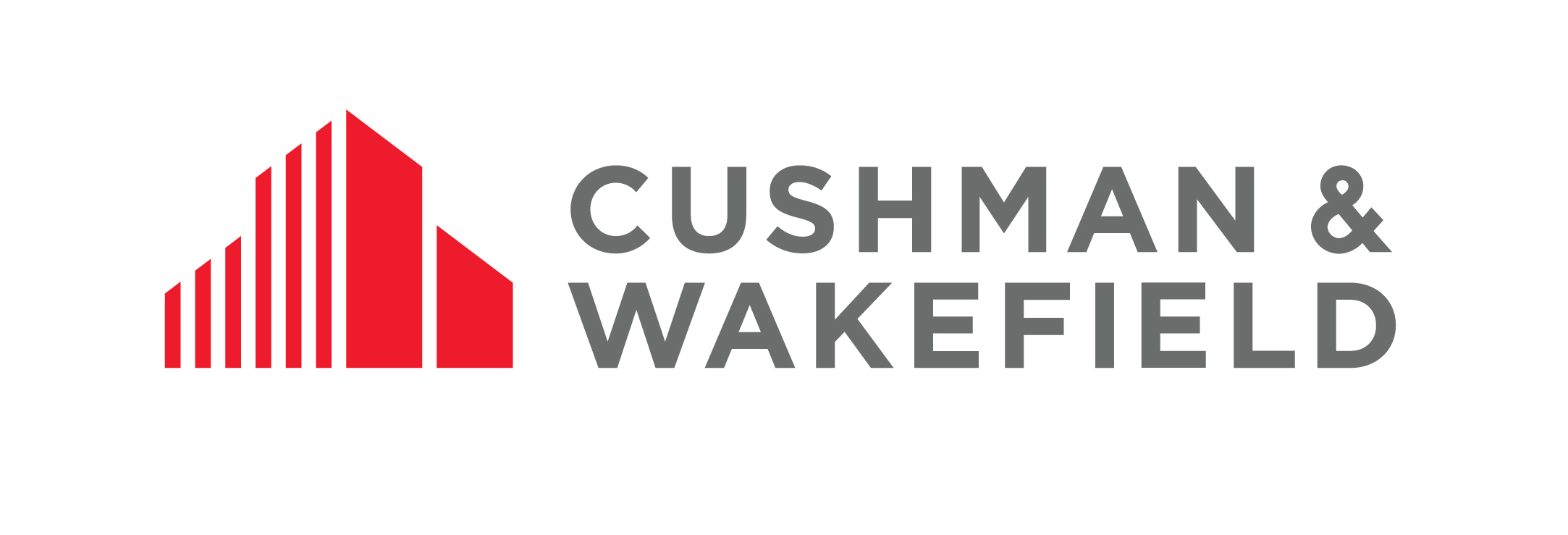Information
-
Document No.
-
Audit Title
-
Client / Site
-
Conducted on
-
Prepared by
-
Location
-
Personnel
-
Site management is aware of the OSHA General Duty Clause. "We must provide a safe and healthy workplace for all workers" (ref 29 USC 654 section 5).
Previous Inspection
-
Have all the items from the previous inspection been corrected?
Personnel Administration
-
Are written safety programs available on site.
-
Are written safety programs current.
-
Have new employees received safety orientation training.
-
Is the OSHA 200/300 log maintained. If applicable, posted?
-
Are periodic safety talks documented.
-
All employees understand English.
Hazard Communication Program (ref 1910.1200)
-
The facility is an classified by the EPA as a _______ hazardous waste generator.
-
The facility has a current EPA ID
-
Is there a written Hazard Communication program.
-
Is there a list of hazardous chemicals and locations. Up-to-date?
-
Is Haz Com training documented.
-
SDS index available for all materials on site. Up-to-date?
-
Do all employees know how to access SDS electronically.
-
All portable containers are properly marked with contents and completed NFPA label.
-
Are all storage containers properly labeled.
-
Are incompatible chemicals stored separately.
-
Are all stored hazardous wastes within allowed accumulation time.
-
Are all pipes associated with hazardous waste properly labeled as per the new GHS standard.
Universal And Regular Waste
-
All universal waste is properly stored, containers secured and properly marked.
-
UW is disposed of annually and properly documented.
-
All dumpsters are closed when not in use
-
Dumpsters are free of hazardous waste.
Housekeeping and Material Storage (ref 1910.22 & 1910.120)
-
Are work areas neat and orderly.
-
Are materials properly stored.
-
Are separate containers provided for trash, waste, or other garbage.
-
Are walkways and isles clearly marked.
-
Are walkways and isles clear of debris or obstructions.
-
Are spills cleaned up promptly.
-
Proper lifting methods/material handling observed.
-
Proper lifting technique observed.
Hand and Portable Tools (ref 1910 Subpart Q).
-
Are all portable and hand tools and cords in good condition.
-
GFI plugs used for temporary cords.
-
Are unused tools stored properly.
-
Proper eye and face protection worn when required.
-
Are air hoses properly stored when not in use.
Machine & Machine Guarding (ref 1910 Subpart P).
-
All machine guards in properly in place.
-
All portable grinders properly secured..
-
Safety latches present on all overhead crane hooks.
-
All overhead crane controls clearly marked as to their function.
Welding and Cutting (ref 1910 subparts M & Q)
-
Are fuel gas and oxygen cylinders separated in storage.
-
Are compressed gas bottles upright, have safety covers installed and properly secured.
-
Are power cables and supply hoses protected and in good repair.
-
Flow gauges and regulators maintained, removed when not in use.
-
Are back flow check valves present in oxy-acetylene lines.
-
Adequate ventilation is available in welding area.
-
Are weld curtains present and used.
-
Are no smoking signs posted in the welding area.
-
Are welders using proper PPE and protection from sparks, ultraviolet radiation.
-
Is proper fire protection available.
Safety Programs
-
Is there a safety manual containing all required OSHA and state programs.
-
Is there a written lockout/tag out program (ref 1910.147).
-
Are lockout/tag out procedures machine-specific.
-
Is there a written Confined Space Program (ref 1910.146).
-
Have applicable employees received dipping and coating operations training (ref 1910.124).
Emergency Response (ref 1910.38)
-
Do employees know the evacuation alarm.
-
Are evacuation routes clearly posted in the facility.
-
Are emergency exits clearly marked and unobstructed.
-
Is the emergency response team contact information posted on the facility entrance and by every phone.
-
Do employees know where to go for shelter in place protection.
-
Do employees know where the evacuation gathering location is.
-
Have applicable employees been trained on specific evacuation shutdown procedures.
-
Are all portable fire extinguishers inspected and in good working condition
-
Does the facility perform practice evacuation drills.
Flammable and combustible liquids (ref 1910.106).
-
All flammable containers properly stored and clearly marked to show contents and NFPA rating.
-
No smoking signs posted in the area where flammable and combustible liquids are stored.
-
Are fire extinguishers located near flammable and combustible material storage areas.
Personal Protective Equipment (ref 1910 subpart I).
-
Is sufficient equipment available and properly maintained.
-
Hard hats are worn where/when required (1910.135).
-
Proper eye protection worn by all employees while in the shop (ref 1910.133).
-
Protective clothing available and worn as required.
-
Are areas with noise hazards properly placarded (1910.95).
-
Hearing protection worn as required (1910.135).
-
Proper respirators worn in areas containing harmful concentrations of airborne contaminants.
-
Is there a CO monitor and supplied grade D breathing air available.
-
Are respirators properly cleaned, stored and in good condition (ref 1910.134 (h)).
-
Are employees respirator fit tested (ref 1910.134).
-
Have employees received medical clearance to wear respirators (ref 1910.134 (e)).
-
Are employees required to wear respirators free of facial hair that would prevent a proper seal (ref 1910.134 (g) 1).
Portable Ladders and Scaffolds (ref 1910 Subpart D).
-
Are all portable ladders in good repair.
-
Are portable ladders in use used properly.
-
Are guardrails, mid rails and toe boards present on all elevated platforms.
-
Are straight and extension ladders equipped with safety shoes and/or blocked off in use.
-
Do extension ladder rails extend at least 36" above the landing or work platform.
-
Are step ladders fully opened when in use.
-
Metal ladders are not used around electrical hazards.
-
Defective ladders are tagged and removed from service.
Fall Protection (ref 1910.66).
-
Safety harness worn when working above six feet.
-
Double locking shock absorbent lanyards used.<br>
-
Life lines a minimum of 3/4" Manila rope or equivalent.
-
Equipment is certified.
-
All equipment is in good repair.
Employee Training
-
Employees review SDS's for chemical's used.
-
Sufficient instruction given in recognition and avoidance of job hazards, unsafe conditions, and job rules, regulations and procedures.
-
Employees instructed to promptly report injury or illness and all accidents involving damage to equipment or materials.
-
All crane operators are properly trained and training is documented.
-
All forklift drivers properly trained and training is documented.
Posting Requirements
-
Job safety, health and protection poster.
-
Forklift safety rules posted.
-
Required OSHA and/or state poster(s).
Safety Meetings
-
Meeting minutes filed, posted and stored as required.
-
Special safety meetings held when necessary.
Record keeping
-
Accident reports completed and filed as required.
-
Company required daily reports properly completed and filed.
-
Scrubber maintenance and inspection logs completed and filed.
-
Air pressure drops properly recorded and filed.
-
Operations involving Nitric Acid properly documented and recorded.
-
Scrubber stack test results available and current.
-
Air permits available and current.
-
Boiler inspection available and current.
-
Weekly hazardous waste inspections available and current.
-
Forklift inspection logs available and properly stored.
-
Overhead crane inspection and maintenance logs available and current.
-
Air compressor tank permits available and current.
-
All other equipment permit to operate available and present.
Maintenance
-
Safety devices operational on all equipment.
-
Extension cords used for other than temporary use.
-
Extension cords are in good condition and free of splices or other repairs.
-
Adequate lighting in all areas of the facility.
-
Company vehicles properly maintained and all safety equipment is attached and is in good working order.
Electrical Safety (ref 1910 Subpart S).
-
Do all electrical panels and disconnects have 36" radial clearance for access.
-
Electrical panels, breakers and disconnects are properly labeled as to what they control.
-
Do any electrical panels or junctIon boxes have open slots or missing caps.
-
All electrical panels and disconnects are labeled with amperage and voltage.
Miscellaneous
Final Audit Scorecard and Comments
-
Comments:
Signatures
-
Signature of site representative
-
Auditor signature


















